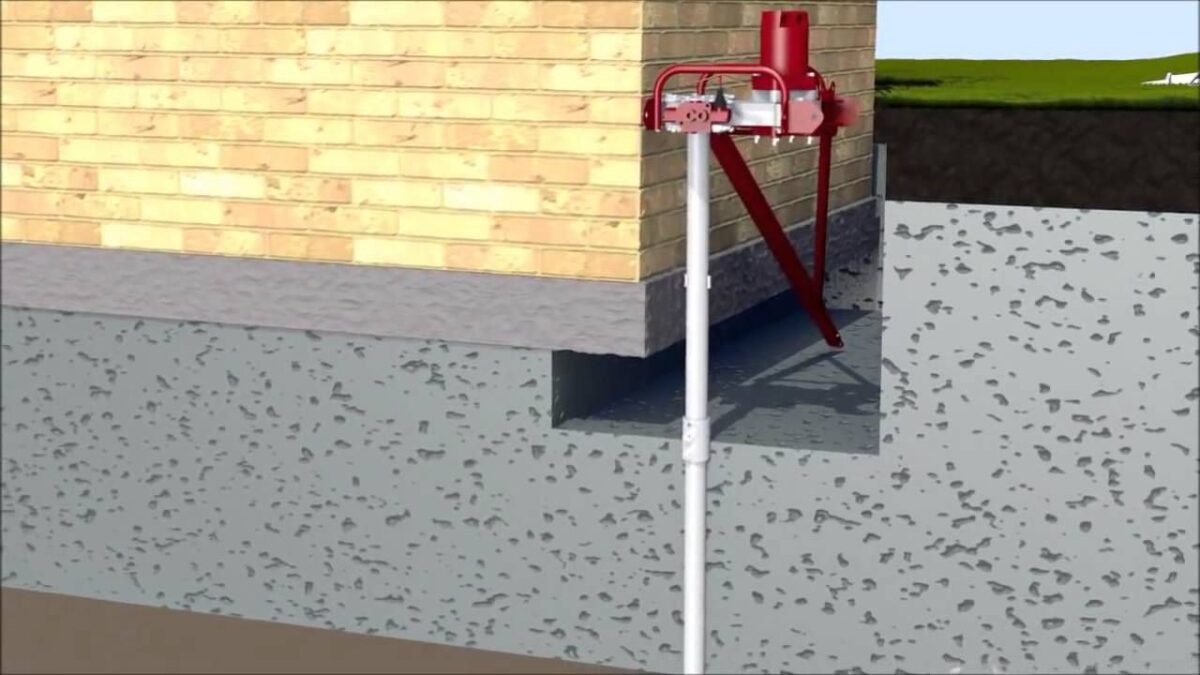
Concreting Melbourne is one of the most widely-used building materials, appearing everywhere from roads and sidewalks to skyscrapers and dams.
Concrete is created by mixing cement, sand and aggregates (like gravel and pebbles) together with water, before hardening through hydration. There are various different varieties of concrete available on the market each with unique properties.
What is Concrete?
Concrete is one of the world’s most commonly used construction materials. As an aggregate-bound fluid cement matrix, it’s applied into molds or formwork molds to form various types of structures like slabs, footings and lintels.
Concrete’s durability and strength have long made it the material of choice for homes, schools, hospitals, airports, bridges, highways and bridges – not to mention airport runways! Additionally, its adaptability means there is often multiple types of concrete available to fit specific applications.
Concrete creation is a complex process, generally taking place at either a large-scale industrial facility known as a “concrete plant,” or occasionally at the job site itself. Mixing requires taking several time-sensitive steps and placing it before hardening begins; concrete typically arrives to sites as viscous fluid, placed through formwork or cast directly into place before hardening takes place; alternatively it can also be mixed into non-fluid forms and transported via truck or pumped via concrete pump to job sites.
How is Concrete Made?
Concrete is composed of aggregates, Portland cement and water; all three ingredients play key roles in its formation into an extremely durable building material.
Proper proportions are critical to creating successful concrete. Just like when baking a cake, using incorrect ingredients or measurements could spell disaster. While mixing, cement paste coats coarse and fine aggregate particles to form an immovable bond. In a chemical reaction called hydration, cement reacts with water to produce hardening agents which give concrete its strength and durability.
Admixtures, or additional ingredients, can have a major effect on the final product. Admixtures may be used to modify color, reduce hydration time and shrinkage rate as well as prevent corrosion of steel reinforcement. Once the proper mixture has been created, it’s ready to be placed – either hand applied, truck poured or even shotcreted!
Why is Concrete Used in Construction?
Concrete is an integral element of buildings, roads and sidewalks across the globe, made of cement mixed with water and aggregates (gravel and sand) that can be moulded to any shape required. Reinforcing its strength with steel helps cement make large projects such as Hoover Dam and Panama Canal possible, in addition to skyscrapers, office buildings and residential houses.
Concrete outshines other building materials as it is both wind and rain resistant, as well as fireproof; therefore, homes built from it won’t catch on fire like wooden homes do.
Concrete’s durability means it outlives many other construction materials, cutting maintenance costs for builders. Furthermore, its use as an earth resource makes it more cost-effective than using non-renewable resources like oil. Finally, its ability to reflect heat rather than absorb it helps maintain moderate interior temperatures, decreasing heating and cooling systems accordingly.
What are the Benefits of Concrete?
Concrete is an extremely resilient building material that stands up well to natural disasters and environmental conditions, leading to lower maintenance costs and less renovation or reconstruction projects.
Concrete requires no costly coating processes to protect it from weathering, which further cuts maintenance costs and waste disposal fees while contributing to a greener environment.
Industrial waste such as fly ash, ground vehicle tires and granulated blast-furnace slag can also be utilized to make concrete and reduce pollution and environmental impact. This helps local economies thrive.
Concrete serves as an effective insulator, keeping homes cool during the summer and warm in winter and saving homeowners 20-25 percent on energy costs. To learn more about how concrete is an eco-friendly choice for any project, reach out to EasyMix now!

